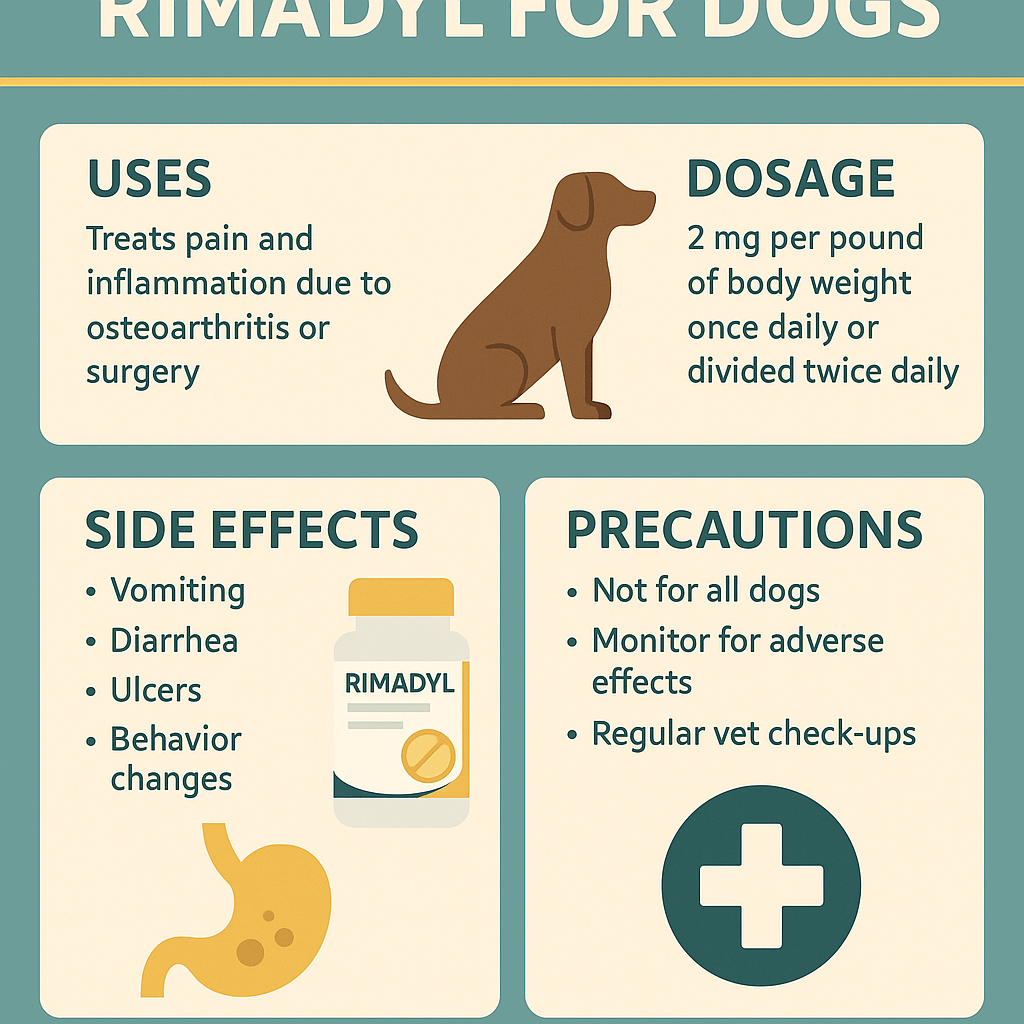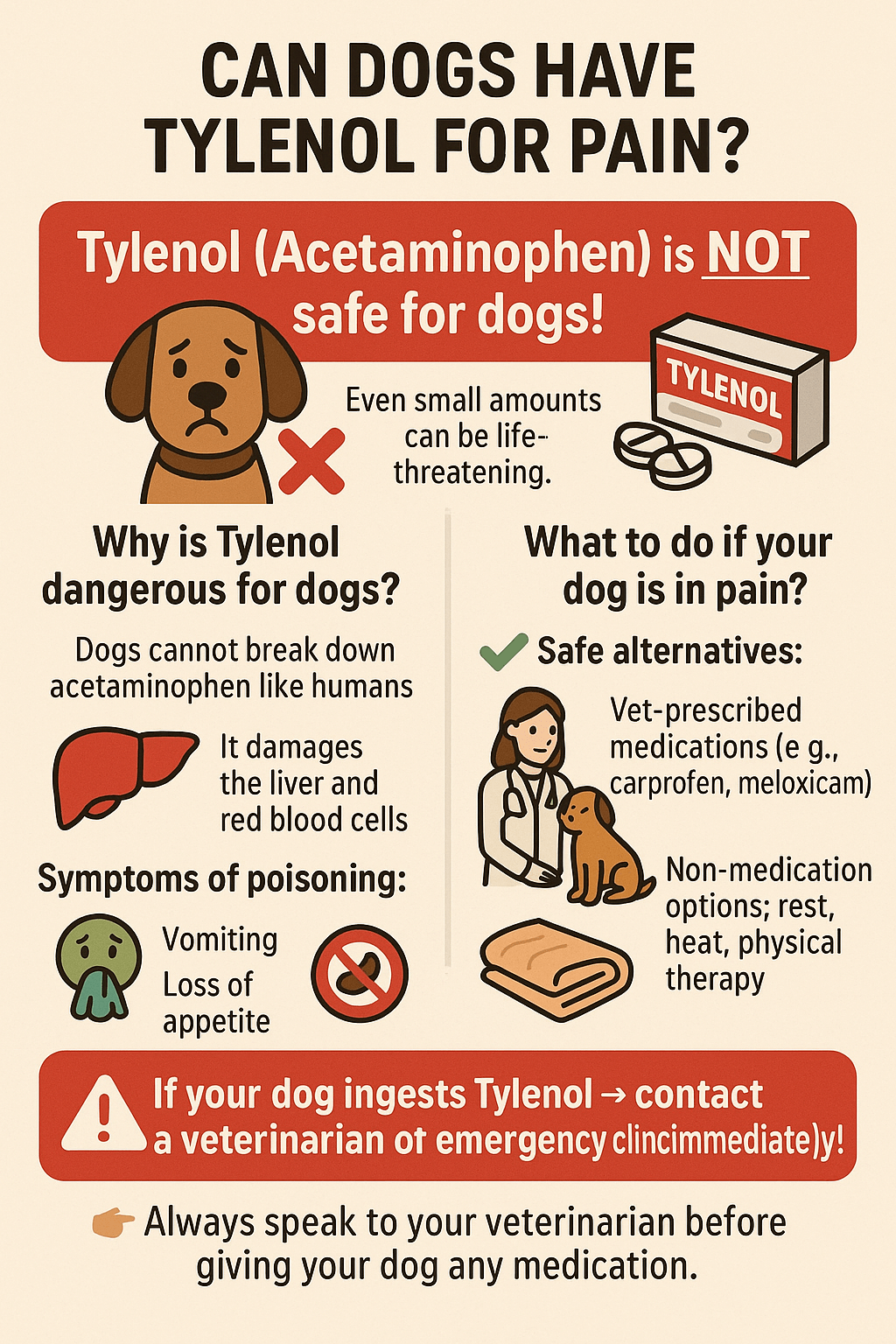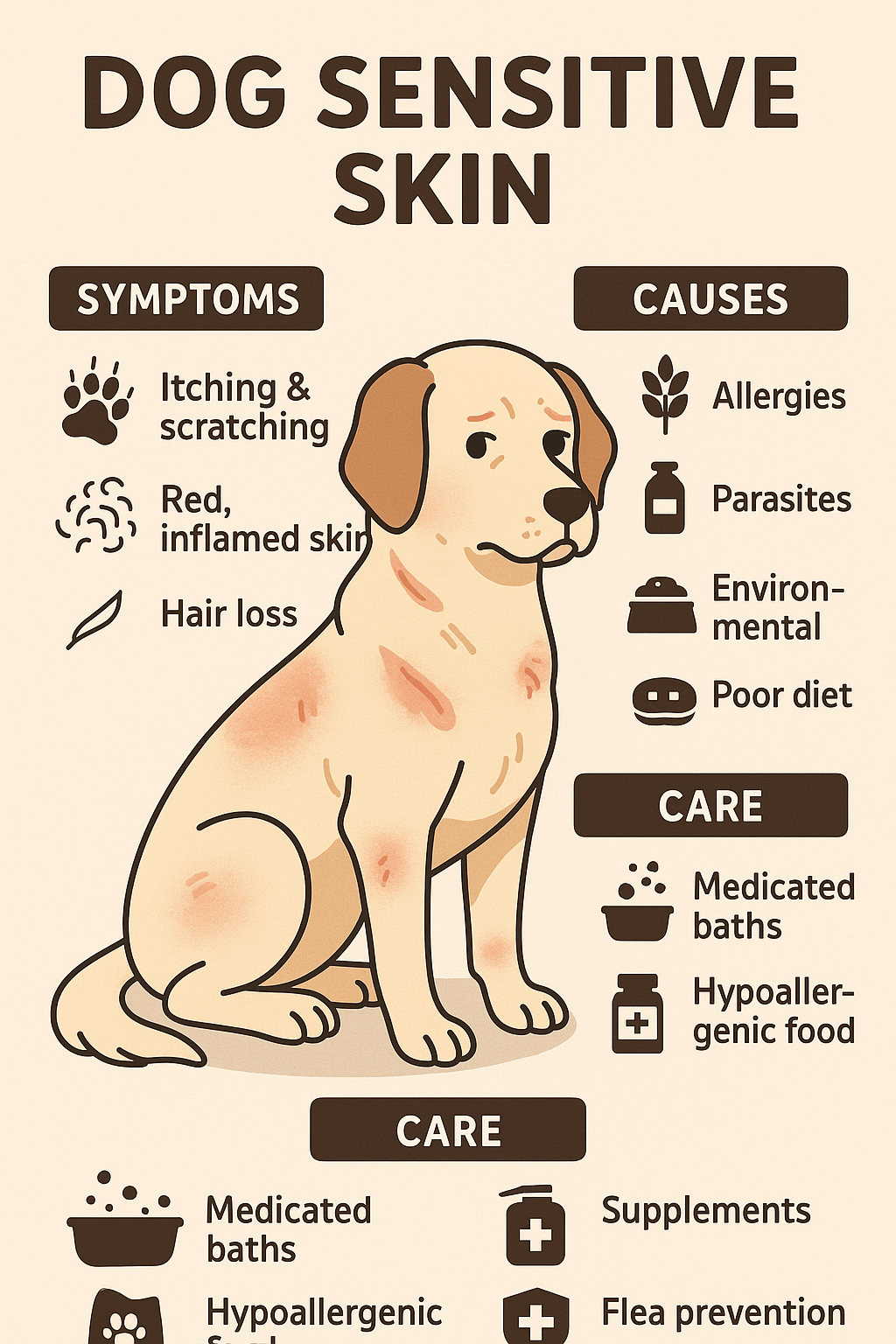Why Does My Dog Growl at Night When I Move Him?
Dogs are known for their loyalty, companionship, and ability to bring joy into our lives. However, sometimes their behavior can leave us scratching our heads—especially when it comes to nighttime growling. If your dog growls at night when you move him, it’s natural to feel confused or even concerned. Is he trying to communicate something? Is he feeling threatened? Or could there be an underlying issue that needs attention? In this blog post, we’ll explore the reasons behind this behavior, offering insights and practical tips to help you better understand your furry friend. By the end, you’ll have a clearer picture of why your dog might growl at night and how to address it effectively.
Common Reasons Why Dogs Growl at Night
Growling is a form of communication for dogs, and understanding the context is key to addressing the behavior. Below are some common reasons why your dog might growl at night when you move him:
Protective Instincts :
Dogs are naturally protective of their space, especially when they’re resting. Moving them during their downtime can trigger a defensive response.Discomfort or Pain :
If your dog is experiencing physical discomfort, such as joint pain or an injury, being moved might exacerbate the issue, leading to growling.Interrupted Sleep Cycle :
Dogs, like humans, have sleep cycles. Waking them up abruptly can cause confusion and irritation, resulting in a growl.Anxiety or Fear :
Some dogs suffer from anxiety, which can intensify at night when the environment feels quieter and more isolated.Territorial Behavior :
Your dog may view his sleeping area as his personal territory. Moving him could feel like an invasion, prompting a growl.
Understanding these potential triggers can help you identify the root cause of your dog’s nighttime growling. By observing his behavior closely, you can take steps to address the issue and ensure both you and your pet feel more comfortable.
How to Address Nighttime Growling
If your dog growls at night when you move him, it’s important to approach the situation with patience and care. Here are some actionable steps you can take to manage and reduce this behavior:
Create a Comfortable Sleeping Environment :
Ensure your dog has a cozy, designated sleeping area that feels safe and secure. Adding soft bedding or familiar scents can make a big difference.Establish a Routine :
Dogs thrive on consistency. Try to establish a predictable bedtime routine to help your dog feel more at ease.Use Positive Reinforcement :
Reward your dog with treats or praise when he remains calm during interactions at night. This encourages positive behavior over time.Avoid Sudden Movements :
Approach your dog gently and avoid startling him. Let him know you’re nearby before touching or moving him.Consult a Veterinarian :
If the growling persists, it’s wise to consult a vet to rule out any underlying health issues that might be causing discomfort.
By implementing these strategies, you can help your dog feel more secure and reduce the likelihood of nighttime growling. Remember, patience and consistency are key to fostering a harmonious relationship with your pet.
Check this guide 👉Why Does My Dog Sit With His Back to Me? Best 7 Tips!
Check this guide 👉Why Wont My Dog Pee? Best 7 Behavior Tips!
Check this guide 👉Why Does My Dog Lay Against Me? Best 7 Behavior Tips!

Possible Causes of Growling | Solutions to Try |
|---|---|
Discomfort or Pain | Schedule a vet check-up |
Anxiety or Fear | Introduce calming aids like music |
Interrupted Sleep Cycle | Avoid waking your dog unnecessarily |
Territorial Behavior | Reinforce boundaries respectfully |
Protective Instincts | Use positive reinforcement |
Signs That Your Dog’s Growling Is Serious
While occasional growling might not be a cause for concern, certain signs indicate that your dog’s behavior requires immediate attention. Here’s what to look out for:
Frequent Growling :
If your dog growls consistently, even during the day, it could signal an ongoing issue.Aggressive Body Language :
Signs like raised hackles, stiff posture, or bared teeth often accompany serious growling.Changes in Appetite or Energy Levels :
These could indicate underlying health problems that need veterinary attention.Uncharacteristic Behavior :
If your normally calm dog suddenly starts growling, it’s worth investigating further.Growling During Routine Activities :
For example, if your dog growls while eating or being petted, it could point to anxiety or resource guarding.
Recognizing these warning signs can help you determine whether your dog’s growling is a minor issue or something more serious. Addressing the problem early can prevent it from escalating into more problematic behavior.
Tips for Strengthening Your Bond with Your Dog
Building trust and strengthening your bond can significantly reduce unwanted behaviors like nighttime growling. Here are some tips to foster a deeper connection with your dog:
Spend Quality Time Together :
Engage in activities your dog enjoys, such as walks, playtime, or training sessions.Practice Patience :
Dogs respond best to calm, patient interactions. Avoid reacting harshly to growling or other behaviors.Learn Your Dog’s Body Language :
Understanding your dog’s signals can help you anticipate and address his needs more effectively.Provide Mental Stimulation :
Puzzle toys and interactive games can keep your dog mentally engaged and reduce stress.Be Consistent with Rules :
Clear boundaries and consistent expectations help your dog feel more secure.
By investing time and effort into your relationship, you can create a stronger bond with your dog, reducing the likelihood of behavioral issues like nighttime growling.
Environmental Factors That May Trigger Growling
Your dog’s nighttime growling could be influenced by environmental factors that make him feel uneasy. Identifying and addressing these triggers can help reduce the behavior. Here are some common environmental influences to consider:
Loud Noises :
Sudden sounds like thunder, traffic, or household appliances can startle your dog and lead to growling.Changes in Routine :
Moving furniture, introducing new pets, or altering your schedule can disrupt your dog’s sense of security.Poor Lighting :
Low visibility at night might make your dog more cautious and prone to defensive reactions.Unfamiliar Scents :
New smells from cleaning products, guests, or other animals can unsettle your dog.Temperature Extremes :
Being too hot or cold can cause discomfort, making your dog more irritable when disturbed.
By observing how your dog reacts to his surroundings, you can take steps to minimize stressors and create a calmer environment. A peaceful setting can significantly reduce the likelihood of nighttime growling.
Training Techniques to Reduce Growling
Training can play a crucial role in managing and reducing your dog’s nighttime growling. With patience and consistency, you can teach your dog to feel more relaxed during interactions. Here are some effective training techniques to try:
Desensitization :
Gradually expose your dog to the situations that trigger growling, starting with low-intensity scenarios.Counter-Conditioning :
Pair the triggering event (like being moved) with something positive, such as a treat or praise.Cue Words for Calmness :
Teach your dog specific words or phrases, like “settle” or “relax,” to encourage calm behavior.Short Training Sessions :
Keep training sessions brief and positive to avoid overwhelming your dog.Practice Gentle Touch :
Regularly practice gentle handling exercises to help your dog become more comfortable with being touched or moved.
Training takes time, but with dedication, you can help your dog feel more at ease. These techniques not only address growling but also strengthen your bond with your pet.
Signs Your Dog Is Feeling Safe and Secure
Understanding whether your dog feels safe and secure is essential for addressing nighttime growling. Positive changes in behavior can indicate that your efforts are working. Look for these signs that your dog is feeling more comfortable:
Relaxed Body Language :
A loose posture, wagging tail, and soft eyes suggest your dog feels at ease.Willingness to Engage :
If your dog seeks out affection or playtime, it’s a good sign he’s feeling secure.Consistent Sleep Patterns :
A dog who sleeps soundly through the night is likely feeling safe in his environment.Reduced Startle Response :
If your dog no longer reacts strongly to sudden movements or sounds, he may be more confident.Positive Associations with Touch :
When your dog enjoys being petted or moved without growling, it shows trust in your actions.
These signs indicate progress in helping your dog feel secure. Celebrate small victories along the way, as they demonstrate that your efforts are paying off. By continuing to nurture a safe and loving environment, you’ll build a stronger relationship with your furry companion.
FAQ
Why does my dog growl at night but not during the day?
Nighttime growling could be linked to disrupted sleep cycles, heightened sensitivity in low-light conditions, or feelings of vulnerability.
Is it normal for dogs to growl when moved?
While occasional growling is normal, frequent or aggressive growling may indicate discomfort, fear, or territorial behavior.
Should I punish my dog for growling?
No, punishing your dog for growling can increase anxiety and worsen the behavior. Instead, focus on identifying the cause and addressing it positively.
How can I tell if my dog is in pain?
Look for signs like limping, reluctance to move, excessive licking of a specific area, or changes in appetite and energy levels.
When should I consult a vet about my dog’s growling?
If the growling is accompanied by other unusual behaviors, seems linked to discomfort, or persists despite your efforts, it’s best to consult a vet.
Building a Peaceful Nighttime Routine
Understanding why your dog growls at night when you move him is the first step toward resolving the issue. Whether it’s due to discomfort, anxiety, or protective instincts, addressing the root cause can help create a more peaceful environment for both you and your pet. By implementing the strategies outlined in this post and maintaining open communication with your veterinarian, you can strengthen your bond with your dog and enjoy restful nights together. Remember, every dog is unique, so patience and observation are essential. With time and effort, you’ll find the right approach to ensure harmony in your household.
Rimadyl for Dogs: Best 7 Expert Tips! Discover expert advice on using Rimadyl safely, managing pain, and improving your dog’s mobility with trusted veterinary insights.
Can Dogs Have Tylenol for Pain? Best 7 Expert Tips! Discover the risks, safe alternatives, and expert advice on managing your dog’s pain effectively while avoiding harmful medications.
Understanding Hemophilia in Dogs: Best 7 Expert Tips! Discover expert advice on managing hemophilia, recognizing symptoms, and ensuring your dog’s well-being with practical care strategies.
Understanding Dog Sensitive Skin: Best 7 Expert Tips! Discover expert advice on managing dog sensitive skin, relieving irritation, and improving your pup’s comfort with practical solutions.





